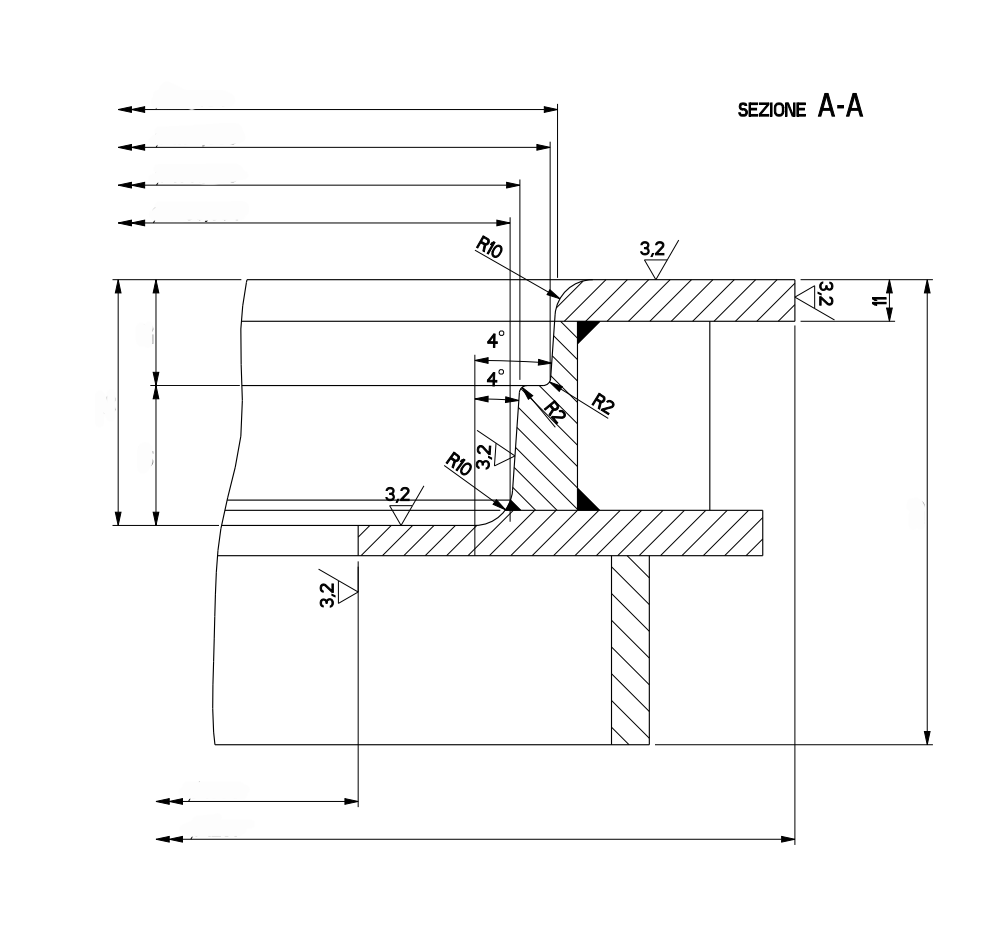- Afrikaans
- Albanian
- Amharic
- Arabic
- Armenian
- Azerbaijani
- Basque
- Belarusian
- Bengali
- Bosnian
- Bulgarian
- Catalan
- Cebuano
- China
- China (Taiwan)
- Corsican
- Croatian
- Czech
- Danish
- Dutch
- English
- Esperanto
- Estonian
- Finnish
- French
- Frisian
- Galician
- Georgian
- German
- Greek
- Gujarati
- Haitian Creole
- hausa
- hawaiian
- Hebrew
- Hindi
- Miao
- Hungarian
- Icelandic
- igbo
- Indonesian
- irish
- Italian
- Japanese
- Javanese
- Kannada
- kazakh
- Khmer
- Rwandese
- Korean
- Kurdish
- Kyrgyz
- Lao
- Latin
- Latvian
- Lithuanian
- Luxembourgish
- Macedonian
- Malgashi
- Malay
- Malayalam
- Maltese
- Maori
- Marathi
- Mongolian
- Myanmar
- Nepali
- Norwegian
- Norwegian
- Occitan
- Pashto
- Persian
- Polish
- Portuguese
- Punjabi
- Romanian
- Russian
- Samoan
- Scottish Gaelic
- Serbian
- Sesotho
- Shona
- Sindhi
- Sinhala
- Slovak
- Slovenian
- Somali
- Spanish
- Sundanese
- Swahili
- Swedish
- Tagalog
- Tajik
- Tamil
- Tatar
- Telugu
- Thai
- Turkish
- Turkmen
- Ukrainian
- Urdu
- Uighur
- Uzbek
- Vietnamese
- Welsh
- Bantu
- Yiddish
- Yoruba
- Zulu
நவ் . 26, 2024 18:15 Back to list
Premium Steel Castings for Superior Durability and Performance in Various Industries
High-Quality Steel Castings An Overview
In the realm of manufacturing and engineering, high-quality steel castings play a crucial role in various industries, including automotive, aerospace, construction, and heavy machinery. Steel casting is a process that involves pouring molten steel into a mold, allowing it to solidify into a desired shape. This method provides inherent advantages over other manufacturing methods, primarily due to the superior strength, durability, and versatility of steel as a material.
Advantages of Steel Castings
High-quality steel castings offer several distinct advantages. Firstly, the casting process allows for the creation of complex shapes that would be difficult or economically unfeasible to achieve through other manufacturing techniques like forging or machining. This flexibility makes steel castings suitable for a wide range of applications, from intricate parts in automotive engines to robust components in industrial machinery.
Secondly, the mechanical properties of steel castings are outstanding. Steel is known for its high tensile strength, making it an ideal material to withstand heavy loads and harsh operating conditions. When treated appropriately during the casting process, such as through heat treatment and alloying, the resultant steel castings can exhibit enhanced wear resistance and toughness, further extending their service life.
The Casting Process
The production of high-quality steel castings involves several critical steps. It begins with pattern making, where a pattern of the desired part is created, typically from materials such as metal or wood. The pattern is then used to create a mold, which can be either disposable or reusable, depending on the casting method employed.
Once the mold is prepared, molten steel is poured into it. The temperature at which steel melts is typically around 1,500 degrees Celsius (2,732 degrees Fahrenheit), requiring precise control to ensure that the steel maintains the necessary properties during solidification. After the steel cools and solidifies, the mold is removed, revealing the casting.
Final processing steps, such as cleaning, machining, and heat treatment, are crucial to achieving the desired specifications and surface finishes. These processes help eliminate defects, improve tolerances, and ensure that the final product meets stringent industry standards.
high quality steel castings

Quality Control and Standards
To guarantee that only high-quality steel castings are produced, manufacturers must adhere to strict quality control measures. This includes rigorous testing of both the raw materials and the finished products to detect any potential flaws. Common testing methods include non-destructive testing (NDT) techniques such as ultrasonic and radiographic testing, which allow inspectors to detect internal defects without damaging the casting.
Moreover, international standards, like those from ASTM (American Society for Testing and Materials) and ISO (International Organization for Standardization), provide guidelines on quality and performance that steel castings must meet. Compliance with these standards not only ensures reliability and safety across applications but also enhances the manufacturer's reputation in a competitive market.
Applications of High-Quality Steel Castings
The applications of high-quality steel castings are numerous and varied. In the automotive industry, components such as engine blocks, transmission housings, and crankshafts rely on steel castings for their strength and durability. In aerospace applications, critical parts like landing gears and structural components must meet exacting standards to ensure safety and performance.
The construction sector also benefits from steel castings, utilizing them in machinery, tools, and structural elements. Heavy machinery manufacturers employ high-quality steel castings for components that must endure extreme conditions while retaining functionality.
Conclusion
High-quality steel castings are integral to modern manufacturing, providing essential components that enhance efficiency and safety across various sectors. Through advanced casting techniques and stringent quality controls, manufacturers can produce durable and reliable products that meet the demands of today's industrial landscape. As technology evolves, the capabilities and applications of steel castings are likely to expand, further solidifying their importance in future innovations.
-
8mm Thin-Walled Cast Steel Manhole Cover Pallet Bottom Ring | Durable
NewsAug.04,2025
-
Premium Cast Iron Water Main Pipe: Durable, Corrosion-Resistant
NewsAug.03,2025
-
Durable Cast Iron Water Mains | AI-Optimized Systems
NewsAug.02,2025
-
High-Efficiency Propane Boiler for Baseboard Heat | Save Energy
NewsAug.01,2025
-
Premium Source Suppliers for Various Gray Iron Castings
NewsJul.31,2025
-
Durable Cast Iron Water Main Pipes | Long-Lasting
NewsJul.31,2025


